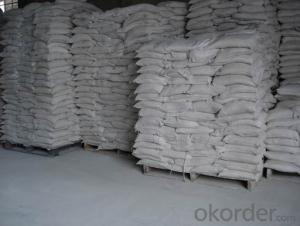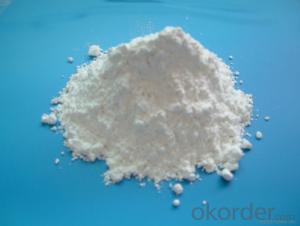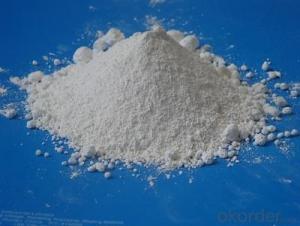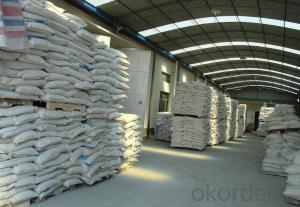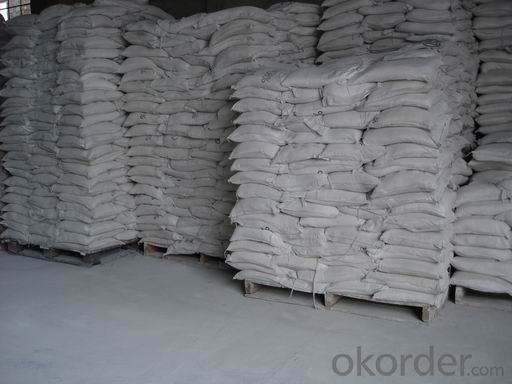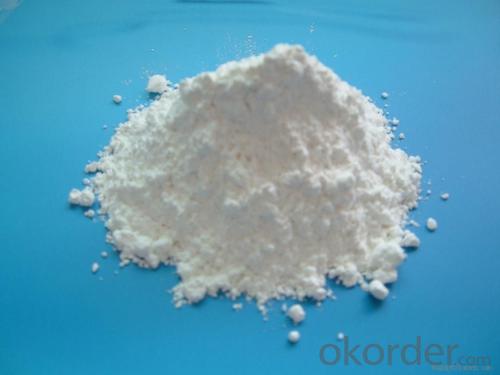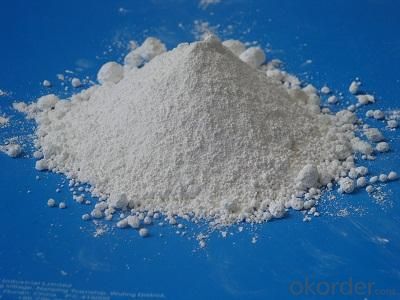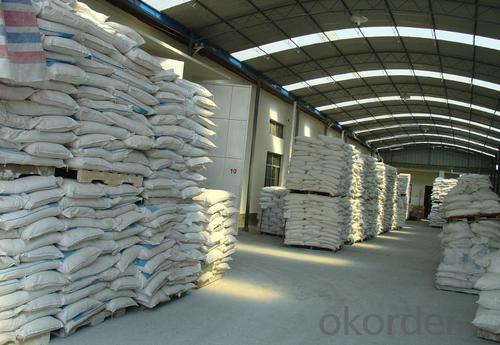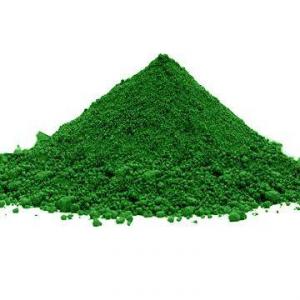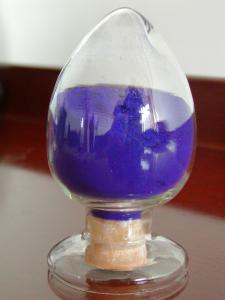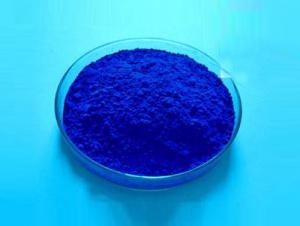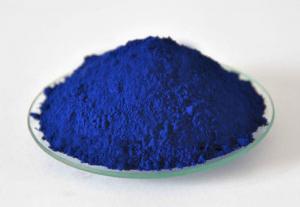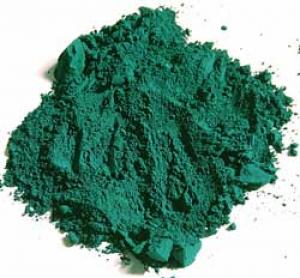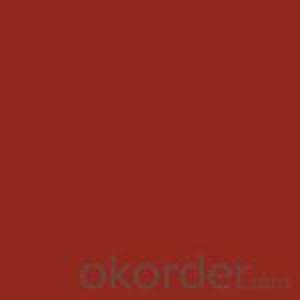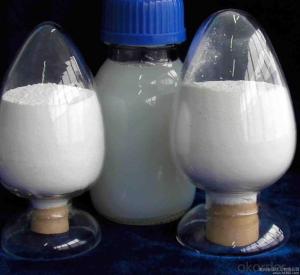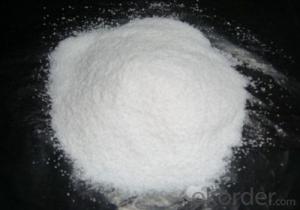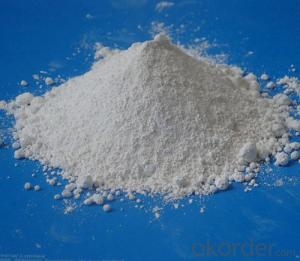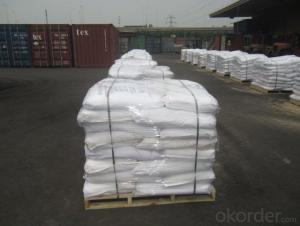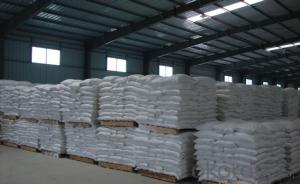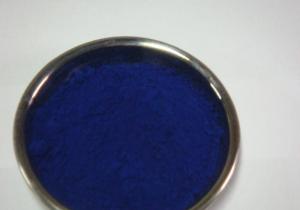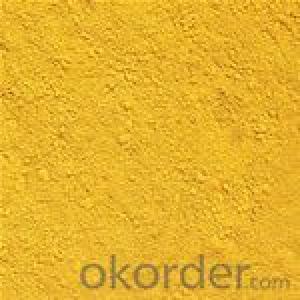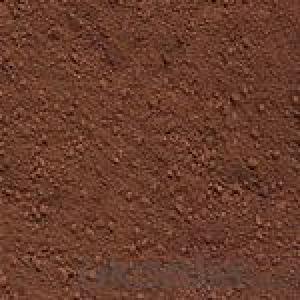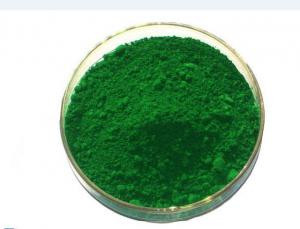Pigment chemical lithopone pigments for plastic
- Loading Port:
- Tianjin
- Payment Terms:
- TT OR LC
- Min Order Qty:
- 20 m.t.
- Supply Capability:
- 2000 m.t./month
OKorder Service Pledge
OKorder Financial Service
You Might Also Like
Specifications of lithopone pigments for plastic
lithopone pigments
1,good quality and reasonable price
2,free sample
3,SGS,BV,CIQ inspection.
Pigment chemical lithopone pigments for plastic
1. Product name: Lithopone
2. Chemical formula: ZnS+BaSO4
3. Other Names:Barium zinc sulfate
4. CAS No.: 1345-05-7 H.S. Code: 3206421000
5. EINECS: 215-715-5
Appearance: A white, odorless powder. Insoluble in water. It’s has good whiteness and envelop ability.
6. Properties: This product is a kind of new-style nontoxic. Green non-pollution, lithopone than traditional lithopone albedo high, hiding power, fineness and high-temperature weatherability, strong characteristic.
7. Application: Mainly used of coatings, printing ink, rubber, plastic, powder, profiles, paint, paper, and leather, etc.
8. Package:25kgs/PP bag,25MT/20’FCL
Technology Data:
ITEM | Specification | |
B311 | B301 | |
Total Zinc and Barium Sulphate %≥ | 99.0 | 99.0 |
Zinc Sulfide Content %≥ | 30.0 | 28.0 |
Zinc Oxide Content %≤ | 0.3 | 0.6 |
Tinter Reducing Power, Compared with Standard Samples ≥ | 105 | 100 |
105°C Volatile matter %≤ | 0.3 | 0.3 |
Water solubles %≤ | 0.3 | 0.4 |
Water suspension Ph-value | Neutral | 6.0-8.0 |
Oil absorption,g/100g≤ | 6.0-8.0 | 14 |
Residue on sieve 45um %≤ | 5 | 5 |
9. Payment: T/T, L/C
10. Packing picture:
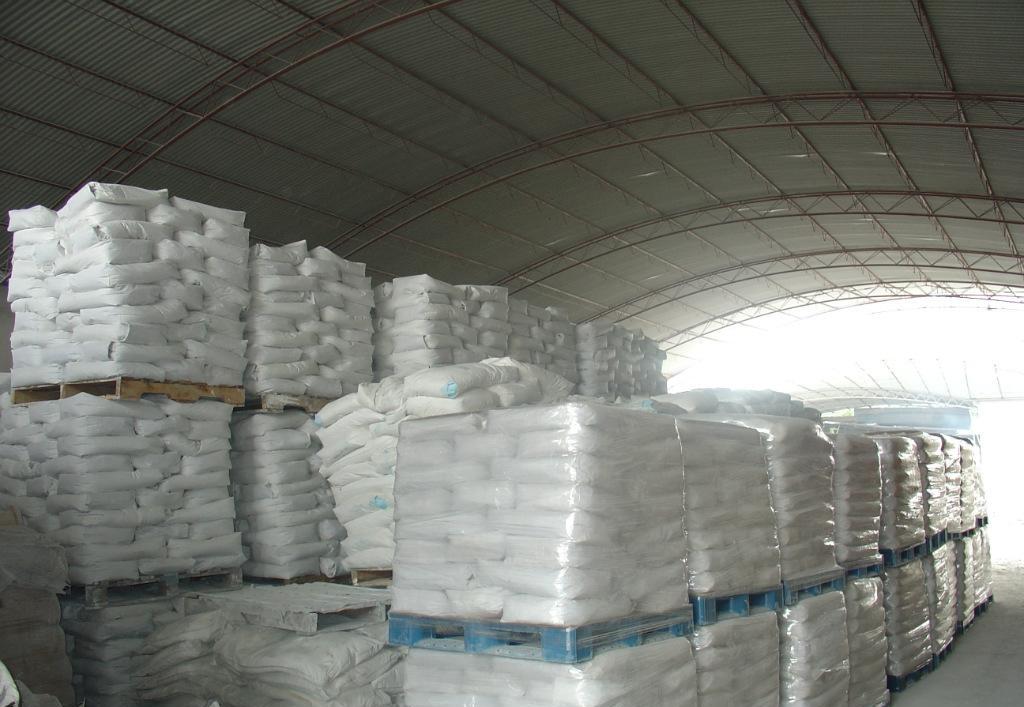
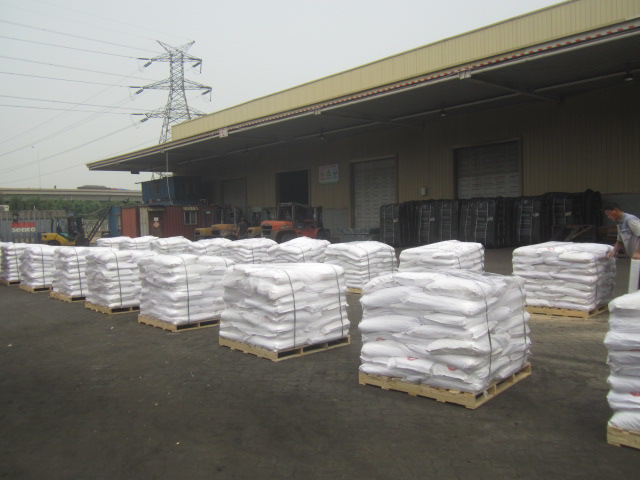
- Q: What are MAC eyeshadow pigments? Are they just like regular eyeshadow.. are they used the same way? Has anyone tried them and liked them?
- NEVER TRIED THEM HEARD GOOD THANGS THO
- Q: i would like to now so i could put it in a marker thanks..
- Isn't all ink pigmented? A quick search for make your own ink turned up many recipes. Here is one: Basic Permanent Black Ink: 1 egg yolk 1 tsp gum arabic 1/2 cup honey 1/2 tsp lamp black (buy in a tube or make by holding a plate over a lit candle) Mix egg yolk, gum arabic and honey in a small bowl.
- Q: Can you take any powder, grind it finely, and mix linseed oil into it to make oil paints to make paint? Or do paint pigments have to have special characteristics? Thanks!!
- Pigments are specific minerals found in rocks. Then they are ground down and mixed with the binders for oil, acrylic, and watercolor paints. You can take art classes that teach you how to make your own paints. I have a cousin who hikes to find her own pigments and makes all the colors she paint with. If you'd like something less labor-intensive, you can buy the pigments you want from lots of art stores these days. They can be added to pre-existing colors to enhance them, or you can start from scratch to formulate your own colors. The bottles i've seen are around 8 ounces, and cost about $50. You will likely find books in the library and articles online that will help you learn to make your own pigments.
- Q: PLEASE TRY!, to awnser ANY of the questions below.~What factors cause leaves to change colors. Where do these colors come from?~What are the names of the specific chemical pigments that cause the colors we see (reds, yellows, purples, browns, greens etc.) These are the same pigments (chemical that causes color) that give fruit their different colors.~What is the process (how it happens) that cause leaves to fall off of the branches. Explain at the cell level. (picture)Please try to awnser. Thanks.
- 1shorter days and cooler temperatures 2they emerge from being obscured by the more numerous chlorophyll 3carotenoids,etc 4 senescense then abscission.the abscission zone has thin-walled cells,plant hormones decrease,a separation layer forms,cells form suberin thus isolating leaf from stem,fall
- Q: hi:]i need the right order to apply skin pigments...
- Pigments are usually packaged in a finely milled loose powder form. After cleansing , toning and moisturizing,let the moisturizer absorb in the skin. Apply the skin pigments using a large compact powder brush/kabuki brush in a circular motion on face neck, then apply a second layer in a downward motion. Then use Evian water Mister to set the pigment. For eye pigments, put a thin layer of skin pigment first, then apply the eye pigment using a oval shaped dome brush
- Q: how are the pigments in clothes differ from plant pigments?
- Pigments are pigments. They are made of molecules that absorb some colors and reflect others from the visible spectrum of light, which gives everything color. Black pigments absorb everything and reflect nothing, so black is the absence of color and it is why dark clothing are warmer in winter. White pigments reflect everything and absorb nothing, so clothing that is white is cooler in summer. Most plants have more chlorophyll, a green pigment, in them than other pigments, so the plant is overwhelmingly reflecting green back to our eyes and absorbing the red and blue ends of the spectrum. In fall, when the chlorophyll breaks down, we can see the yellow, orange, and red pigments that are also in the leaf for a few weeks. In this way, all pigments are alike. However, perhaps what your teacher is looking for is that the green pigment chlorophyll in plants not only absorbs red and blue wavelengths of light, it also uses that energy to excite electrons from the molecules of chlorophyll and send them through an electron transport chain that enables light energy to be converted to chemical energy and store it in the C-H bonds of glucose, which is made during photosynthesis. Other pigments, whether they be in clothes or other objects such as cars or just about anything else do not do this. Only plant chlorophyll, or the green pigment in plants, converts light energy to chemical energy. That is the one huge difference. Otherwise, like all other pigments, chlorophyll absorbs some wavelengths of light and reflects others, in the case of chlorophyll, green wavelengths of light.
- Q: How are plant pigments like teammates on a sports team? And What is the goal of their teamwork??
- WELL to be exact cuvette 2: to observe the role of photosynthesis with chromatin cuvette 3: to observe the role of photosynthesis with UV rays cuvette 4: to observe the stability of the chloroplasts cuvette 5: to observe the reaction of the H2O synthesis
- Q: i was thinking of this all day long and then i thought of posting this question for you to help me sort it out
- plant pigments are of types---- LUCOPLAST- colourless, found in roots, collect food.,,, CROMOPLAST-- Of difrent colour (not green), in flowers atract insect for polination, in fruits atract animals for seed dispers,,,,CLOROPLAST-- Convert light energy to chemical energy, in leaves and otner parts....
- Q: HW HELP THIS IS COMLPCATED
- There are carotinoids there too. The yellow, orange and red we see in leaves before they drop. Masked by chlorophyll until that production stops.
- Q: what is the function of pigment molecules in photosynthesis?
- WELL to be exact cuvette 2: to observe the role of photosynthesis with chromatin cuvette 3: to observe the role of photosynthesis with UV rays cuvette 4: to observe the stability of the chloroplasts cuvette 5: to observe the reaction of the H2O synthesis
Send your message to us
Pigment chemical lithopone pigments for plastic
- Loading Port:
- Tianjin
- Payment Terms:
- TT OR LC
- Min Order Qty:
- 20 m.t.
- Supply Capability:
- 2000 m.t./month
OKorder Service Pledge
OKorder Financial Service
Similar products
Hot products
Hot Searches
Related keywords
